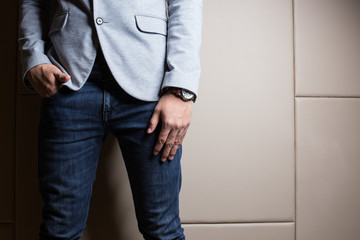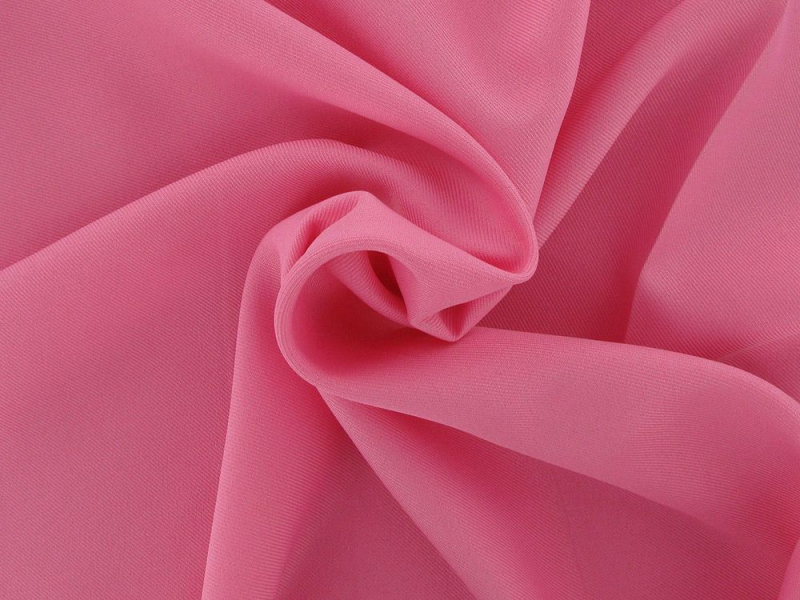Fun With Felt - Everything You Need To Know About This Popular Arts and Crafts Fabric
Felt is a popular fabric used in many different projects, from clothing to decor. It has a fascinating history and manufacturing process so read on to discover everything you need to know about felt.
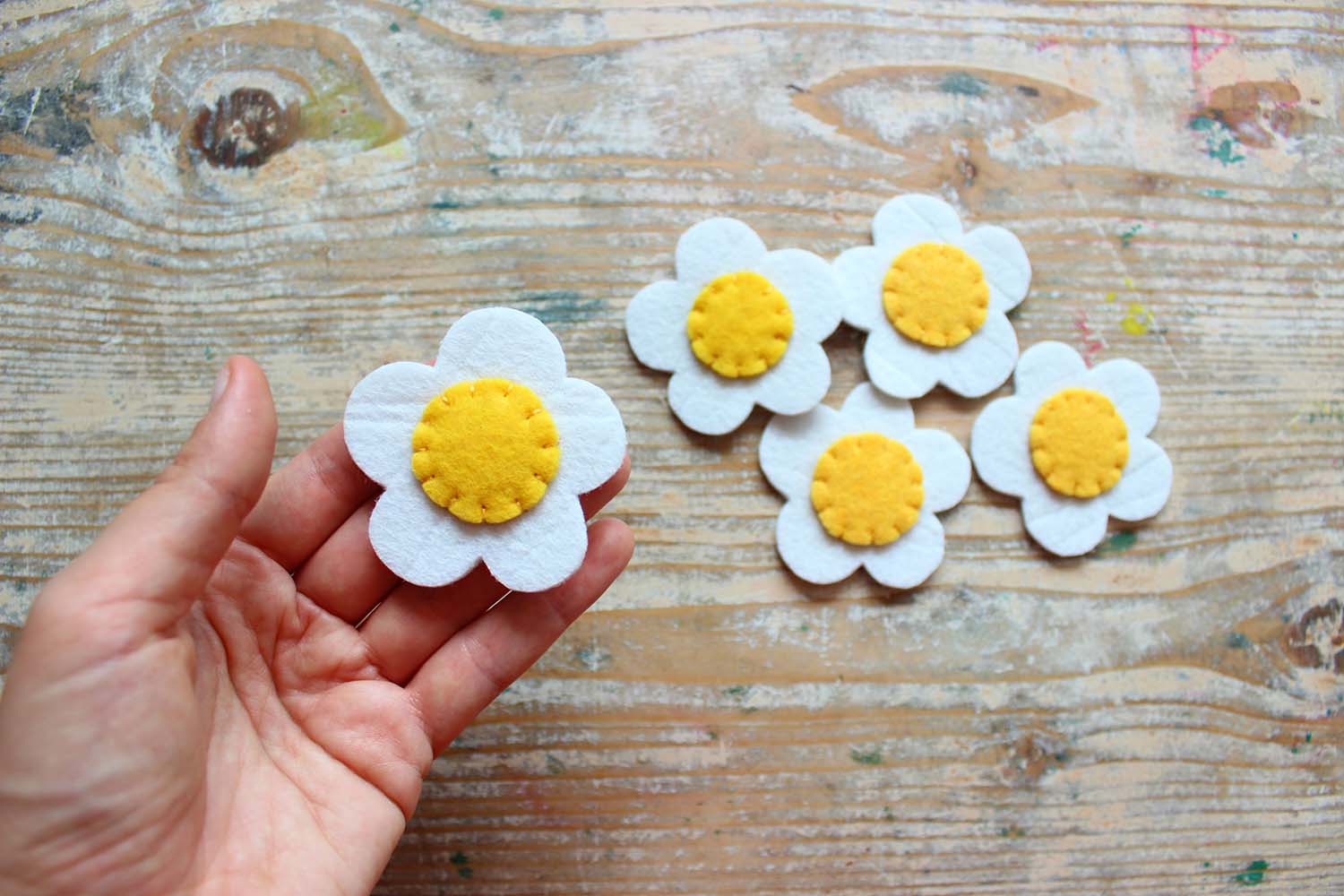
What is felt?
Made from natural fibres, felt is one of many manufactured fabrics. Unlike many of its counterparts, felt is not made by weaving. Instead, fibres are subjected to high levels of pressure and heat, with water added to the process to compress them into what we can recognise as felt fabric. The production process makes felt a durable material with a dense consistency as the fibres become permanently compressed and interlocked together.
History of felt
There are many origins proposed when felt is discussed. Still, the most likely is that it originated in Asia around 5000 years ago. The historical evidence suggests that the Nomads first derived it when they found it to be a perfect fabric for tents and clothing and rugs to protect them from the elements. Even now, they use the material and develop a range of items like decorated slippers for the tourist trade. Another compelling story about the origins of felts is that in the Middle Ages, wool fibres were used to line shoes to provide comfort and warmth. As the footwear was worn, the sweat and heat from the feet combined with the pressure of walking created felt - but it is thought that production was not formalised, so they accidentally made felt without realising what they had discovered.
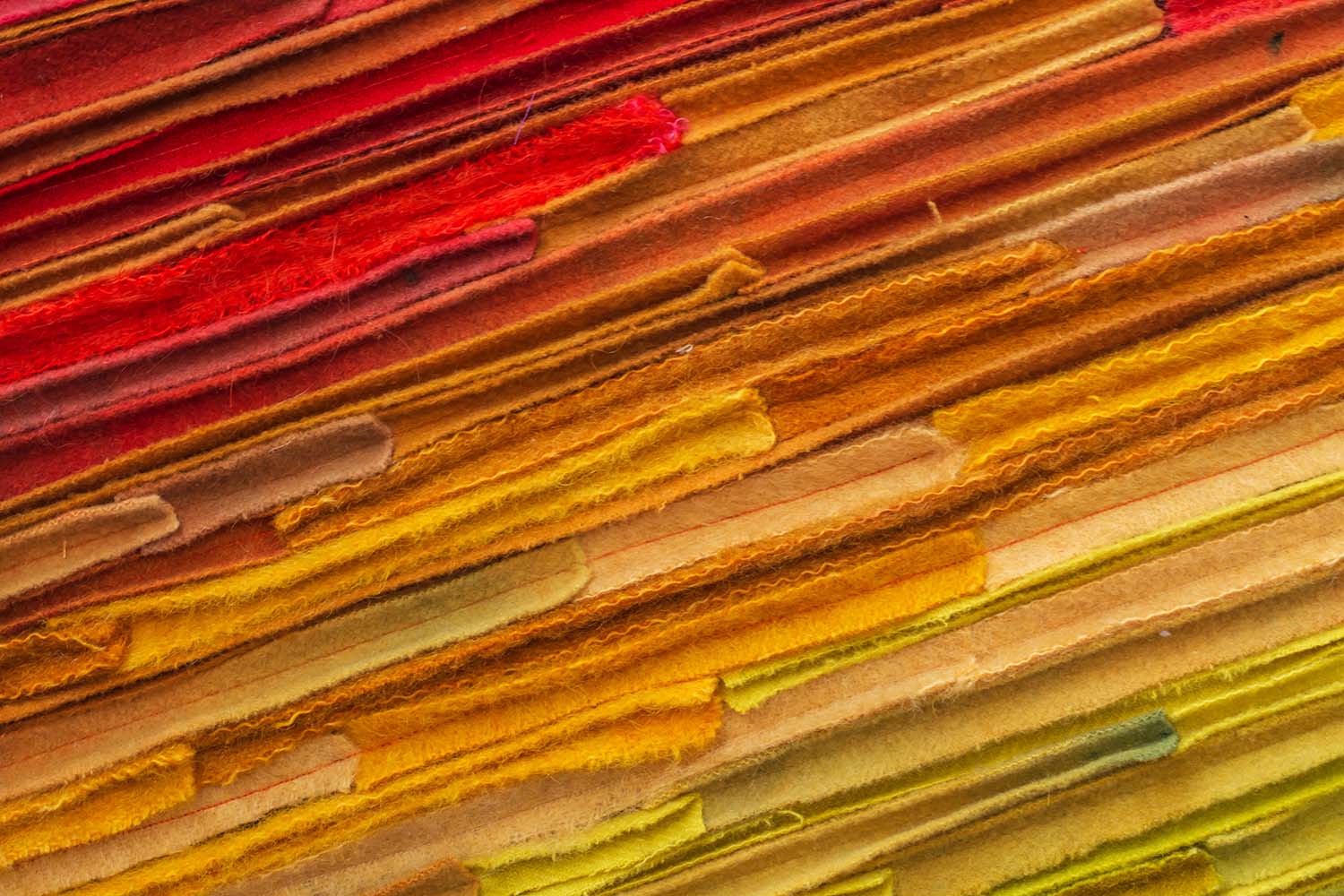
What is felt made from?
Traditionally felt is made from wool and other natural materials. This gives it a soft finish that has become synonymous with felt. One of the reasons wool is used is because of how easily it can matt together. Usually, this would be a flaw, but the felt production industry has played to the natural properties and made it a valuable asset.
As time has passed, new techniques have seen wool combined with synthetic fibres, and a superior result has been achieved. Most felt is now a blend of wool and either acrylic or polyester. Totally synthetic felt is also used, such as acrylic felt. This does nothing to hamper the strength, but it does make the finished fabric more pliable. Rayon is also a synthetic fibre of choice for some blends as this makes the felt softer and removes the prickly feeling that a pure wool blend can cause.
How felt is made?
Making traditional felt from scratch is a labour-intensive process. First, the raw materials must be collected from sheep or other woolly-coated animals. Once the wool is harvested, the next step for most uses is combing and carding. The fibres go through a large combing cylinder that uses large steel nails as teeth. It is then fed into a carding machine where smaller teeth card the fibres into loose fibres. The next stage is to create rolls, and a device called a cross-lapper makes batts. The batts are then exposed to heat and moisture, which causes them to shrink and condense. Finally, the pressure is applied using large rollers, which creates the final smooth fabric we use in sewing and craft projects.
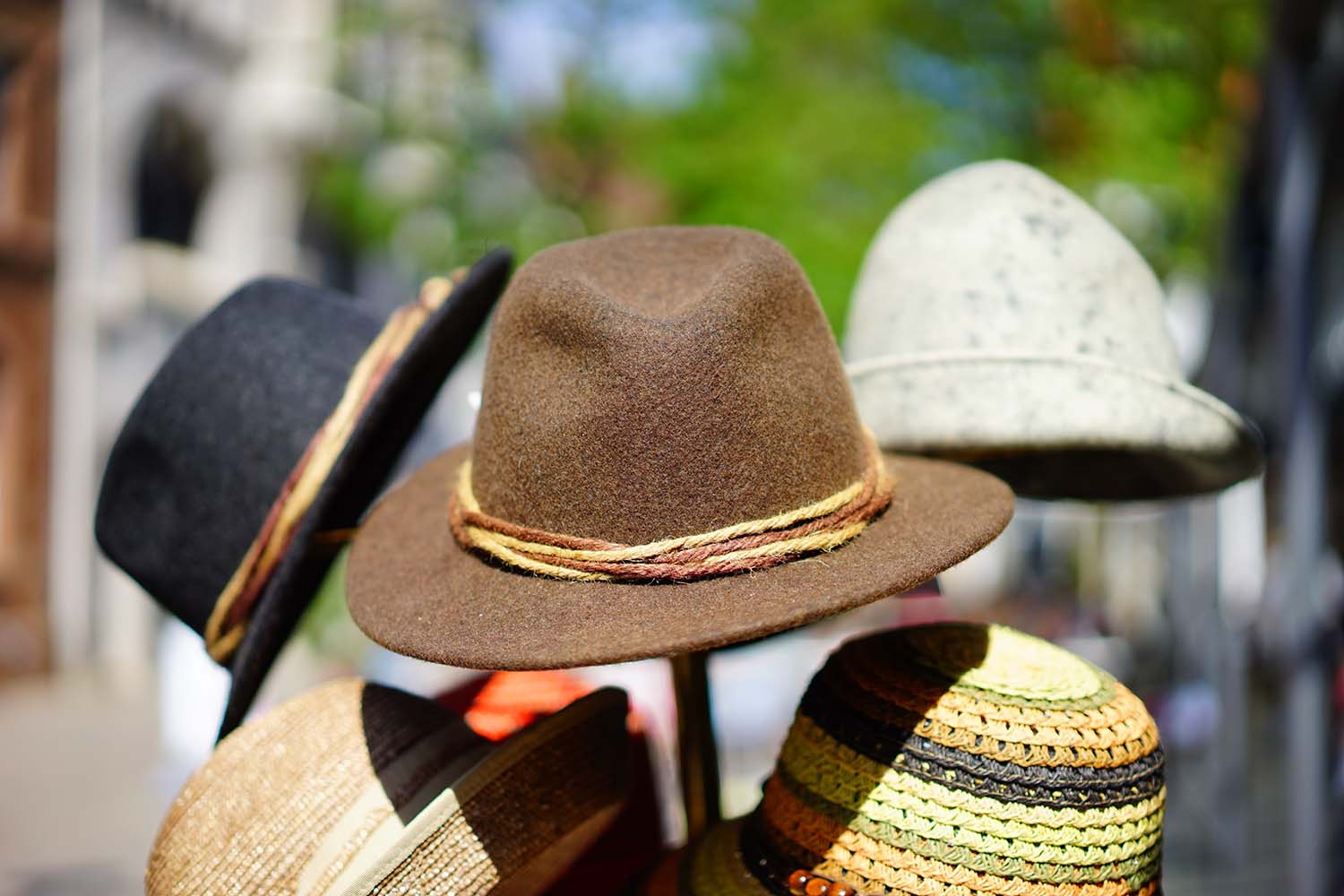
Types of felt
There are several different types of felt, including:
- Wool felt – This felt is one of the most common and is made using sheep’s wool or other woolly-coated animal pelts.
- Polyester felt – This is a synthetic needle felt material made with 100% polyester. It has similar properties to traditional felt and is resistant to heat.
- Acrylic felt - A cheaper version compared to wool and is made using acrylonitrile. Fibres are interlaced to create the same effect as wool felt. It is stain-resistant and washes well.
- Woven felt - Pre-woven fabric is used, and then heat, water and pressure is applied to give the felt effect. This method creates a less dense finish.
- Fur felt – Animal fur is used to create this felt. It is durable and flexible to work with.
- Rayon felt – This fibre shares similar characteristics to wool and is often used for insulation products.
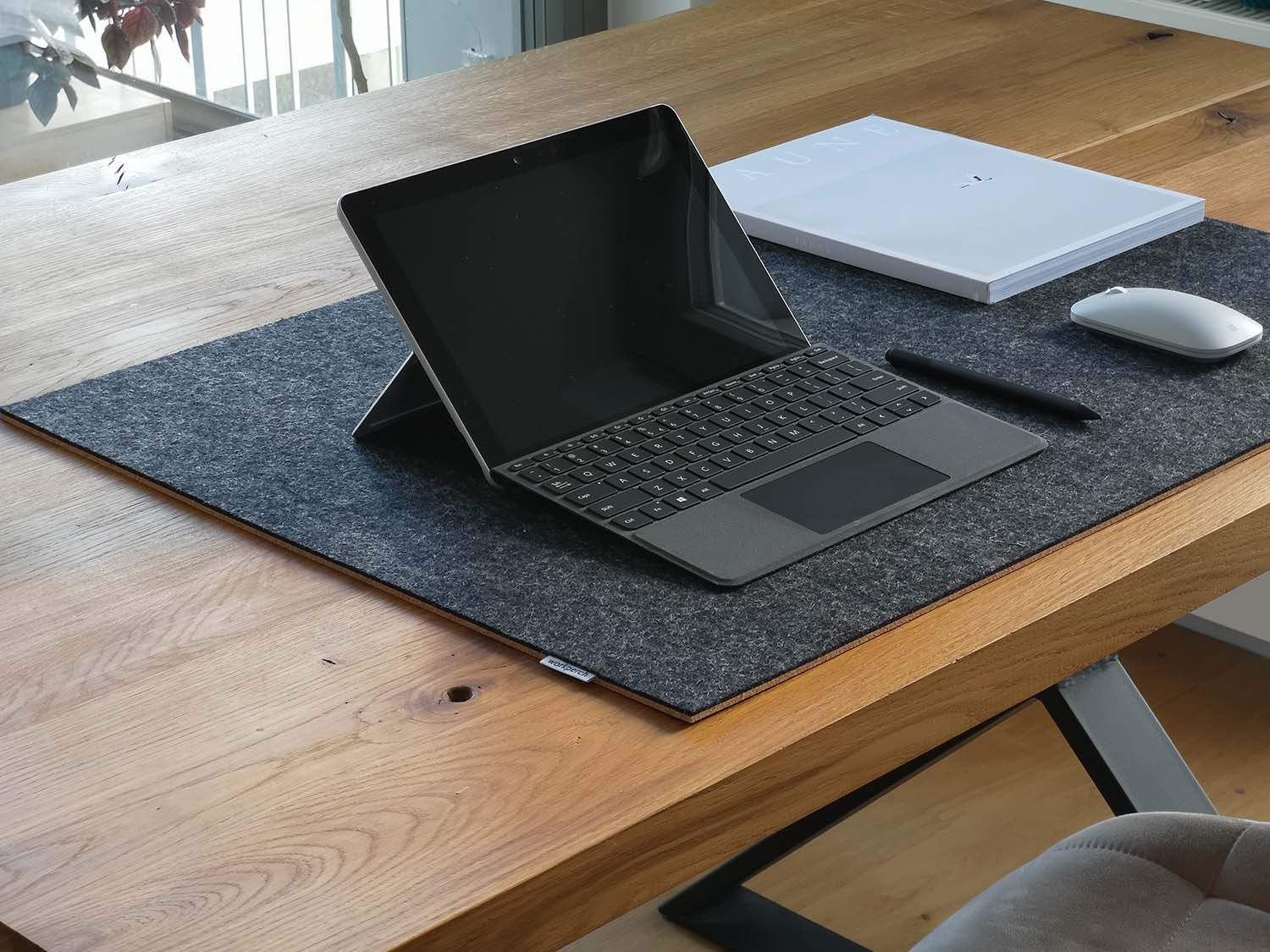
What is felt used for?
Felt can be used for a wide range of projects, as it is very versatile. It is suitable for insulating and creating warmth. It is also great for decorative goods, arts and crafts and soft furnishing. As previously mentioned, it is used in tents and yurts and clothing. It is a popular material with hobbyists who enjoy needle felting and hat making.
Pros and cons of felt fabric
One amazing fact about felt is that it is highly flame retardant, and even if it were to catch fire, it is self-extinguishing. The material is very good at dampening sound and is absorbent and moisture-wicking. Felt is durable and easy to cut and work with. That said, it is pretty rigid and can shrink over time. The fabric can have a coarse feel, but this can be counteracted by adding synthetic fibres. Over time felt tends to go fuzzy, but it doesn’t fray. It is a cheap material with many uses making it a popular choice for sewing projects.
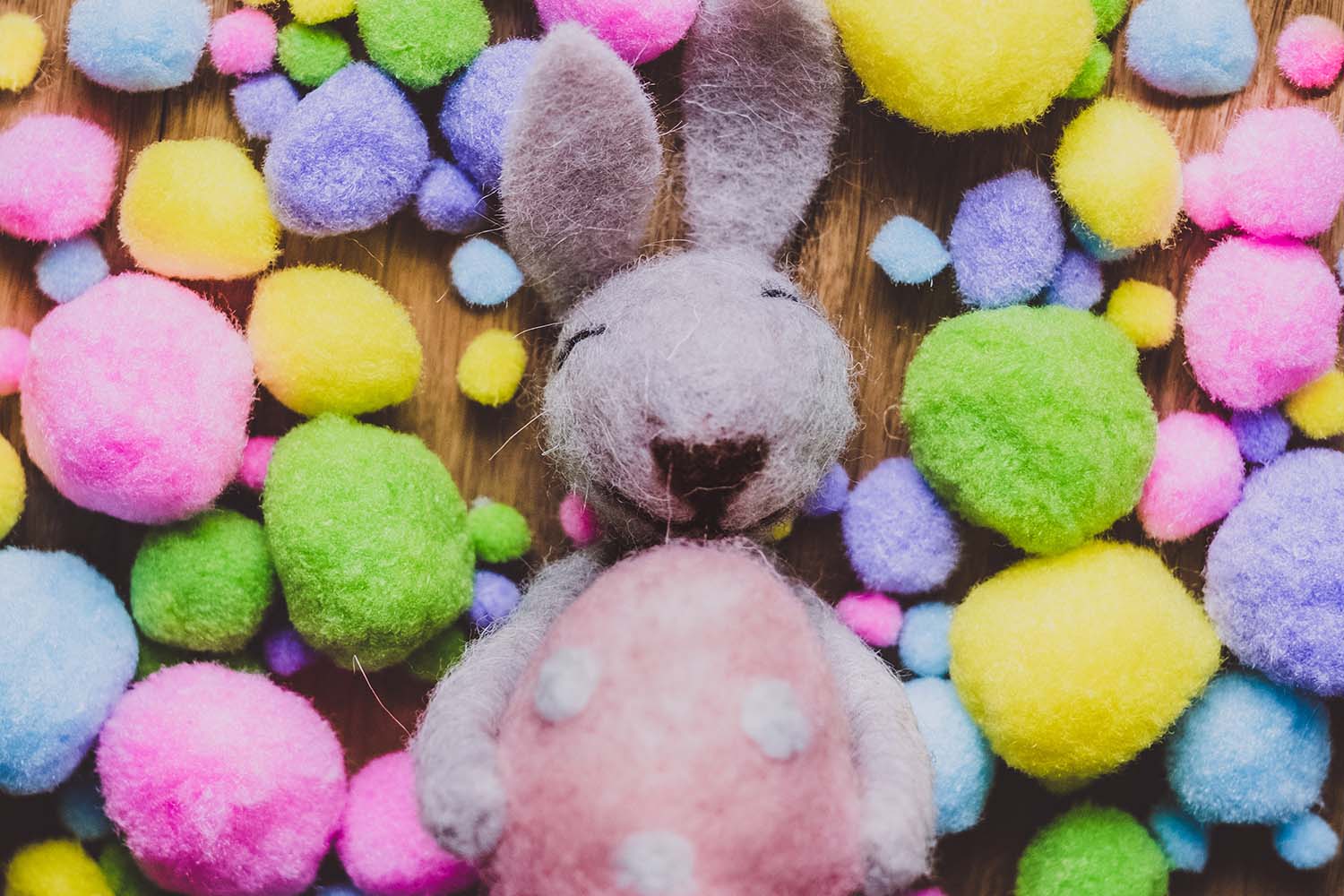
Popular felt colours
Felt is popular for arts and crafts projects. Many will have fond memories of classic green felt used to make a DIY craft garden patch. However, while this is still a much-loved pastime, there are lots of other crafting ideas you can create with felt and the variety of colours available. Check out some examples of simple DIY crafting projects here.
To help you get started, we stock a host of felt colours, including blue, pink, red, orange and black, plus many others. Felt is a great way to introduce kids to arts and crafts. However, it’s also perfect for other ideas such as Christmas decorations, card table covers and seasonal DIY projects. So check out the range here to inspire your next felt creations.



